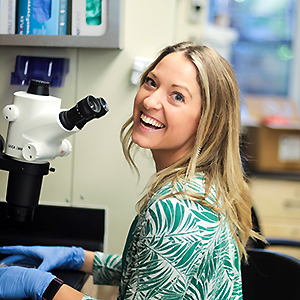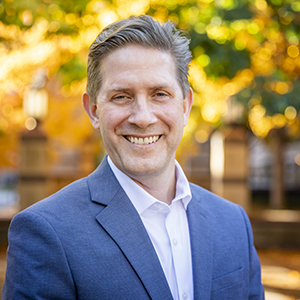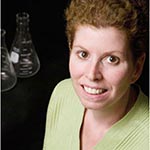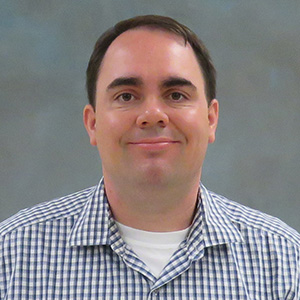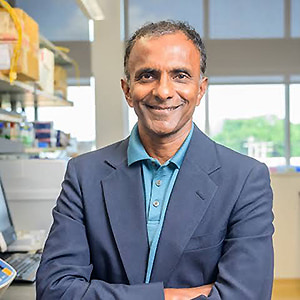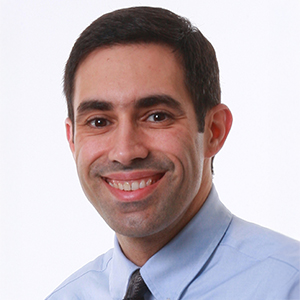The Summer Undergraduate Research Experience in Toxicology (SURE Tox) program at the University of Illinois will provide high quality research experiences for undergraduate students during the 2026 summer academic break: June 1 – July 31, 2026, for the Summer Research Program. The program involves active participation by faculty members from several departments and colleges at the University of Illinois, all of whom have expertise in toxicology and experience training undergraduate students. The program also interacts with the Interdisciplinary Program in Environmental Health and Toxicology. Students will receive a $5,000 stipend.
The training program will accept 7-8 undergraduate students per year who will spend 8-10 weeks over the summer in the program. The specific goals of the program are to: 1) match participants with faculty and peer mentors who will direct the student to complete a hypothesis-driven project in the field of toxicology, 2) help each student learn laboratory techniques and research skills, 3) provide didactic training on animal use in research, the responsible conduct of research (e.g., research misconduct, mentor-trainee relationships, and data management), and use of the electronic library, 4) train students to prepare scientific posters and talks and to present their work at scientific meetings, 5) provide networking opportunities for students to meet other students and faculty members in research, and 6) provide students with information on careers in toxicology. At the conclusion of the program, each student will present her/his work at the STEM Career Exploration and Symposium at Illinois held on campus. This training program provides a unique opportunity for undergraduate students to obtain training and research experience in the field of toxicology at a research intensive university with outstanding toxicology programs.
Application deadline: February 15, 2026
Applications must include the completed website form, transcripts, personal statement, two letters of recommendation, and a resume or CV. Please note that applicants must upload their transcripts and personal statement on the website form. Applicants must write in the names and contact information for two references on the website form, but request that the references send their letters of recommendation directly to Drs. Nowak and Flaws by the application due date. Decisions will be made by March 15, 2026.
WORLD CLASS RESEARCH
Funding
- A stipend to each student ($5,000 over 9 weeks)
- Funds for laboratory supplies ($500)
- Room and board (includes food) at a campus dormitory
Amenities
- Access to campus recreational facilities, including gyms, pools and sports facilities
- Access to the university libraries
- Pass for free access to the MTD bus, which has extensive network access coverage
PRECEPTORS
Achieve Your Academic Goals
High quality research experiences for
undergraduate students

